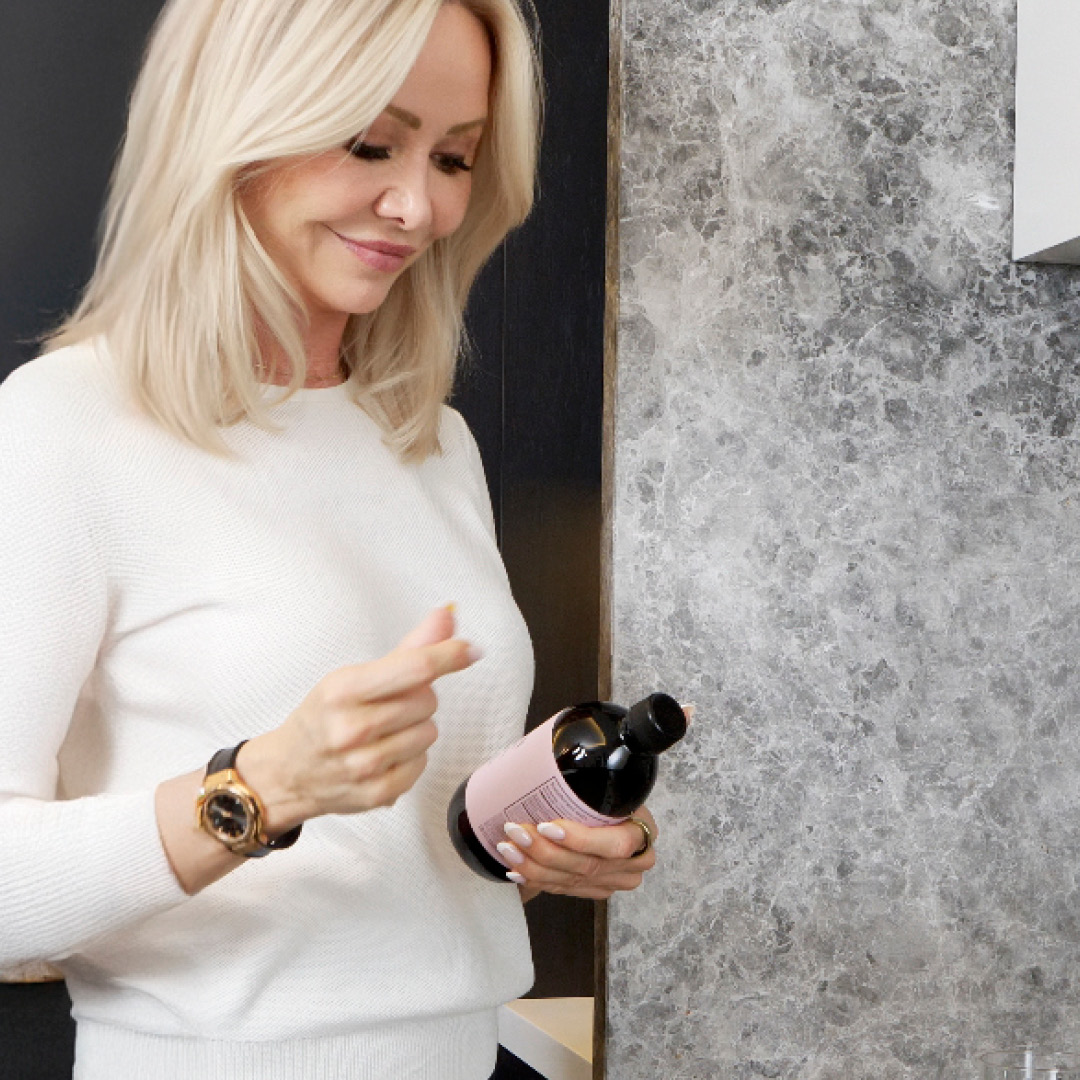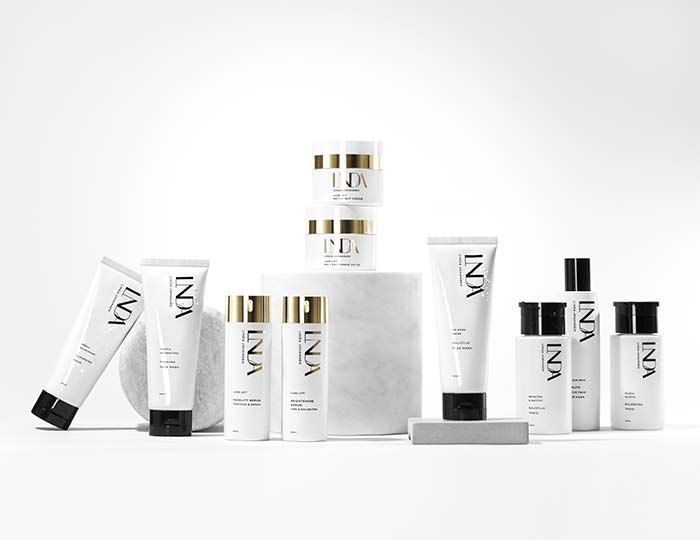What does it mean that a product is "anti-aging"?
Many people read and hear about antiaging in skin care , without really knowing what it is. Aging comes from both natural processes and lifestyle. Read more about it here
For example, sun, stress, sleep and lifestyle affect the skin both ways. The consequences of this can be that the cells are damaged, weakened, misprogrammed (e.g. produce too many pigments = pigment spot) or weaker (sensitive skin). Ingredients that actually manage to make a difference in the skin can be called "cell communicating". That is to say, they are able to put "band-aids" on a damaged cell, get a cell that has "fallen asleep" started, correct one that is working incorrectly and protect those that are beginning to be destroyed.
In our products, we are concerned with having enough good cell-communicating ingredients, and that each product has the right ingredients to correct the skin. Here are some examples that most people have probably heard of, but may not know much about.
Vitamin A / Retinol
Vitamin A, or so-called retinoids, has been used to treat sun-damaged skin, acne and wrinkles for more than 20 years. It comes in many forms, both in cream and tablet form and in synthetic and natural forms.
It is the skin's own enzymes that convert retinol into vitamin A acid. The acid increases the production of new cells and leads to increased rejection of old ones. It also works to stimulate the skin to make more collagen, as well as to prevent the collagen in the skin from breaking down. In addition to reducing fine lines, retinol (vitamin A acid) is also used to even out the skin tone, reduce pigment spots and improve sun-damaged skin by increasing the production of e.g. elastin. One can also see improvement in large pores and stubborn acne.
Retinol is suitable if you have sun-damaged or rough skin, but works just as well on fine lines, wrinkles, large pores and possibly oily skin with acne. Be aware that retinol can make the skin more sensitive to light, so it should only be used at night. Sytenol and other vitamin A can be used around the clock.
Our products with retinol
Our products with Sytenol (natural retinol)
Peptides
When peptides were launched as a skin care ingredient, there was a small revolution in the formulation of skin care products. Peptides are short chains of amino acids, which are small enough to penetrate the skin layers and affect the skin cells. The active substance can inhibit the development of wrinkles by counteracting so-called glycation. Glycation is a reaction between sugar molecules and proteins (collagen and elastin) in the skin. This results in cross-linking of collagen, it becomes less elastic, which in turn can lead to wrinkles. When you say that you "eat wrinkles" by eating sugar, this process is what you are referring to. Among other things, the peptides counteract this reaction.
They stimulate increased production of collagen and elastin in the skin, increase DNA repair, extend the lifespan of the cells and provide a better moisture balance in the skin. They are well documented to have a positive effect on the skin.
Products with peptides
Alpha Hydroxy Acids (AHA Acids)
This is a collective term used for natural acids, also known as fruit acids. They effectively remove dead skin cells and restructure skin cells, and are also very effective for several skin problems such as skin aging and acne. Clogged pores are opened, blood circulation and fluid balance are improved.
They are one of the most important pillars of skin care thanks to the many positive effects they have on the skin. AHA acids help the skin get rid of dead and dry skin cells in the outermost layer of the skin. By removing these dead skin cells, cell renewal is stimulated. This allows the fresh and new skin underneath to come to the surface. The skin looks brighter, smoother, smoother and softer.
Common fruit acids that are widely used in skin care are, for example, lactic acid, mandelic acid and glycolic acid. The concentration varies greatly depending on the skin problem being treated, but for example glycolic acid, it is generally most effective between 10-20%. Higher percentages correspond to chemical peels and should be performed by doctors/nurses. In addition, the pH value has a lot to say, the lower the pH value, the stronger the acid.
Products with AHA acid
Antioxidants
Vitamins and many plant extracts act as antioxidants and neutralize free radicals, which would otherwise break down the skin and cause damage and aging. Antioxidants have an anti-aging effect, activating cell renewal and counteracting premature aging of the skin. Our body constantly produces free radicals, but the amount we have in the skin increases sharply when the skin is exposed to things like sunlight, stress and pollution. Increased activity of free radicals in the skin affects both collagen and elastin and leads to faster skin aging. Idebenone, SOD and Coffeeberry are strong antioxidants, and are being used more and more. Other more well-known are vitamins such as A, B and C.
Clinical studies show that Vitamin C reduces the number of “sunburned” cells in the skin by 40-60% and reduces damage to the cell’s DNA by 60%. It is also an important factor in the formation of collagen and helps to strengthen the skin’s natural barrier function. In addition, it can have a brightening effect on the skin, smooth out uneven pigmentation and increase connective tissue production.
Most of our products contain one or more antioxidant ingredients. In addition to active ingredients, you always need to package the product in a good, stable formula, so that the noble ingredients last. We have all our products in airtight jars, which means that the product stays just as good from start to finish.
Products with Vitamin C




